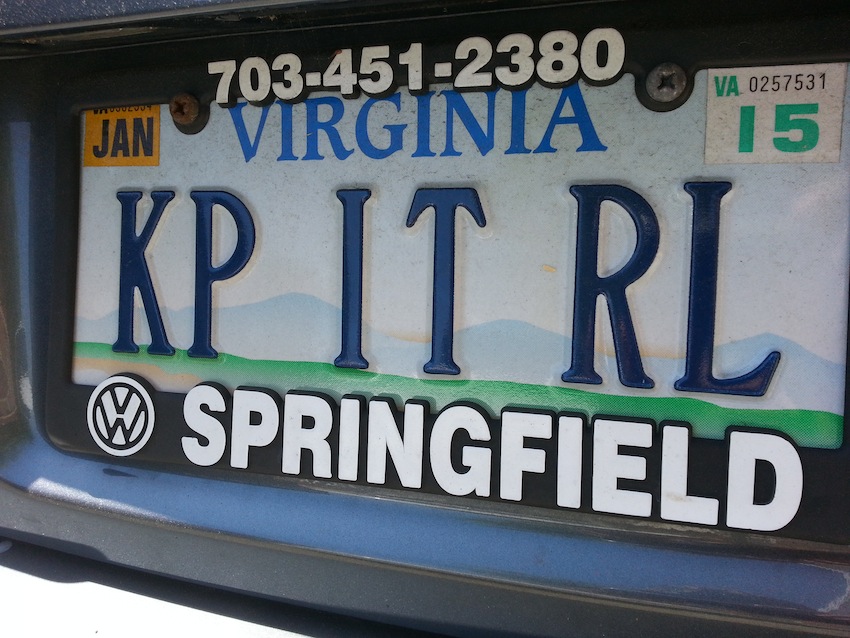You hear a lot about authenticity and transparency in business these days. The more open and real your brand is, the more your audience will trust it. Authenticity isn’t manufactured. It just is what it is. Or at least, it should be.
Most businesses strive to remain authentic – after all, it’s what sets you apart from other similar brands in the marketplace. But there are plenty of brands that hide behind false pretences and PR spin. A recent case in point is Australian self-styled “wellness expert”, Belle Gibson. As reported in the media in the last few weeks, Gibson, it seems, built a business (and near-celebrity status) on being someone other than who she really is: she claimed to be a cancer survivor, and built a social media-based empire on the mantle of being a “nutrition expert”. She’s even been quoted as saying, ironically enough, that her followers expected her to “be authentic”.
As the fallout continues, I’ve been thinking a lot about authenticity. I even mentioned it in my last post. Am I authentic? Well, it’s one of my values. Why does authenticity seem so difficult for some when it comes so easily to others? That last one’s a rhetorical question for now…
Sometimes, being authentic is not popular. I get that. And it can be scary. You could also argue that, if we’re honest – if we’re being authentic – we can admit that there’s very little originality left in life or in business. Most of us draw inspiration from something, or someone, for our fashion sense, our humour, our music tastes… as well as our branding, our products and services. It’s how we add our own individual flavour that creates new and unique offerings. Hey! Even Billy Idol cited his influences on Australian TV just last night. (There I go with my music references again…)
So to get to your own authenticity, you have to dig deep. Not to get too new-agey about it, but it involves knowing yourself. And being comfortable with who you are. Stepping into your own power, as they say. And it involves taking risks: speaking up for your beliefs – with your own unique voice – when they might be met with criticism… or even worse, being ignored.
So. Time to get real… how authentic is your business? Check in with this checklist now and then so you remain the real deal.
1. Know your purpose
If you’ve been in business a while, you no doubt have a unique selling proposition (USP), a mission statement and a set of core values, which define WHY you’re in business, HOW you operate in that business, and the BENEFITS your offering brings to clients. Knowing your purpose is crucial to being authentic.
2. Find your own voice
How do you communicate with your clients – in person, on the phone or online? Of course, you’ll communicate differently with clients to the way you chat with friends, but does your communication style and word use truly reflect you and your brand’s personality? You’ll want to avoid jargon, industry-specific lingo and buzzwords (more on that in another post). If some terms are easy to understand and known outside your industry, well, that may be okay. Otherwise, avoid them – you don’t want your copy to be clunky, contrived and clichéd. You want to stand out, so use words in a way that stands out – your own way. By communicating in your own voice, you’ll attract the types of clients you want to work with.
If you’re struggling to define your voice, you can ask peers and existing clients how they think of your brand personality. Is it formal, funny, quirky, sophisticated? Use their feedback to help define your brand’s voice.
And if words really don’t come naturally, then consider hiring a writer – ideally one who you feel gets you, your business and your story and can write the words as if you’ve penned them yourself!
3. Be accountable
Do what you say you’ll do. Keep promises – otherwise, don’t make them in the first place. That’s the easiest way to get clients to trust your brand, your business – and you. Own up to your mistakes – we all make ‘em. If you’ve made an error, admit it. Don’t hope that the client won’t notice. Offer redress where appropriate. After all, it shows you’re human and conscientious. You’ll be able to sleep at night – and anyway, karma’s a … well, she’s not always so nice.
4. Be consistent
Does your branding reflect your brand voice and your purpose? Do you have a super-sophisticated, formally-worded website, yet a slapdash approach to service delivery and everyday communication? That’s inconsistency right there! And it can cause confusion or mistrust in your audience. It’s fine to have a brand persona that’s more relaxed, or rather, “approachable” – many small businesses and sole traders successfully operate this way, and for some target markets, it works a treat. Just make sure that image carries throughout the entire brand experience.
5. Be available
By this, I don’t mean be on call 24/7. I guess you could think of it as being courteous. Respond to phone messages and emails as promptly as you can. Acknowledge and interact with reader comments on your blog and social media channels. That shows clients you care about them. They feel valued and in turn are likely to value your brand and what it offers. Win-win, yes?
photo credit: Keep It Real via photopin (license)




